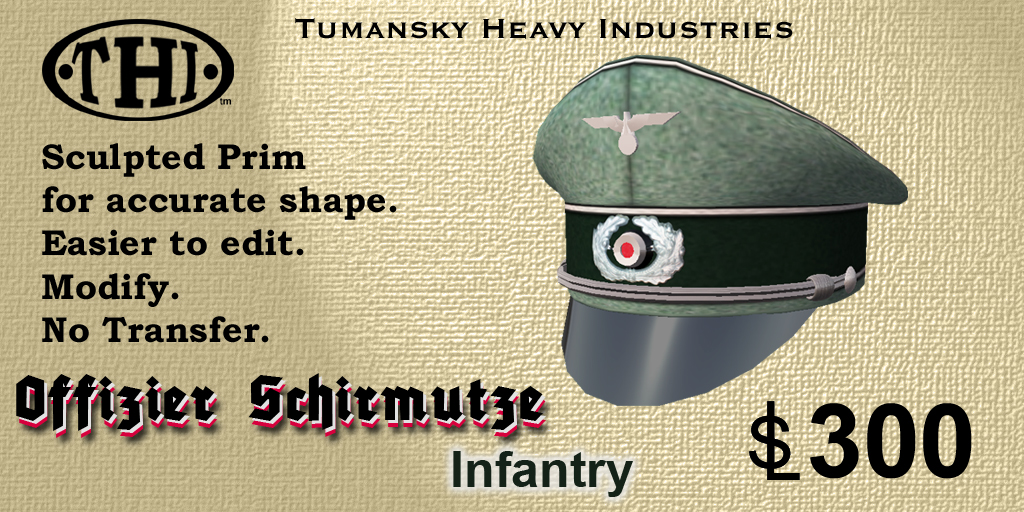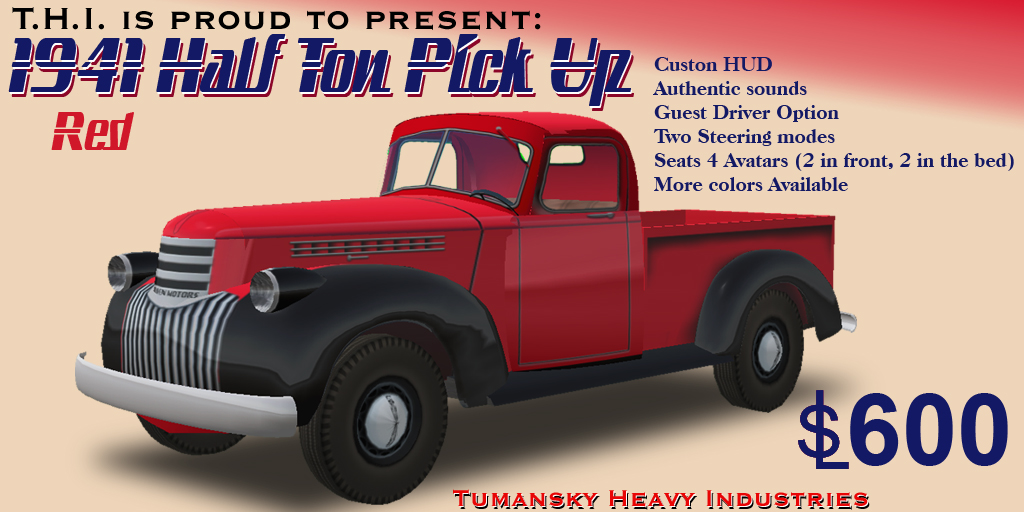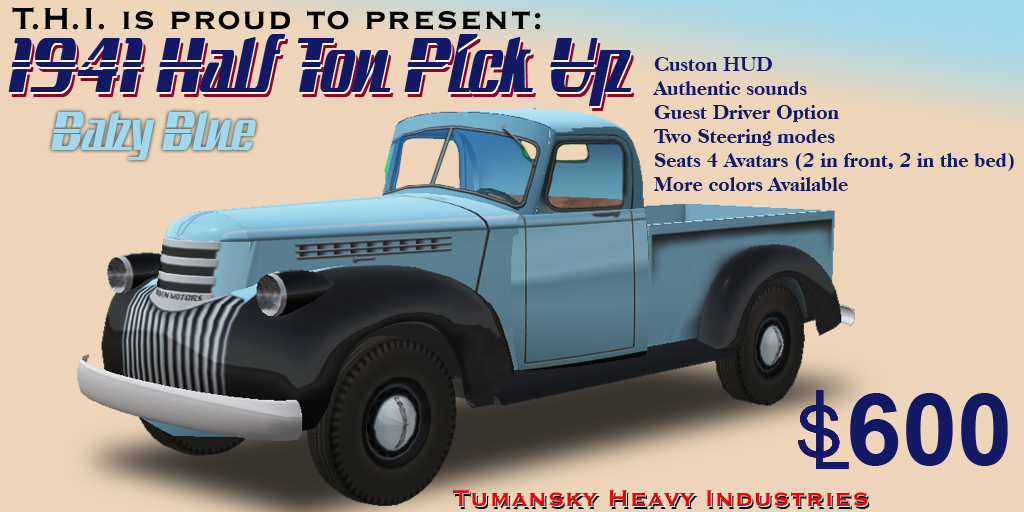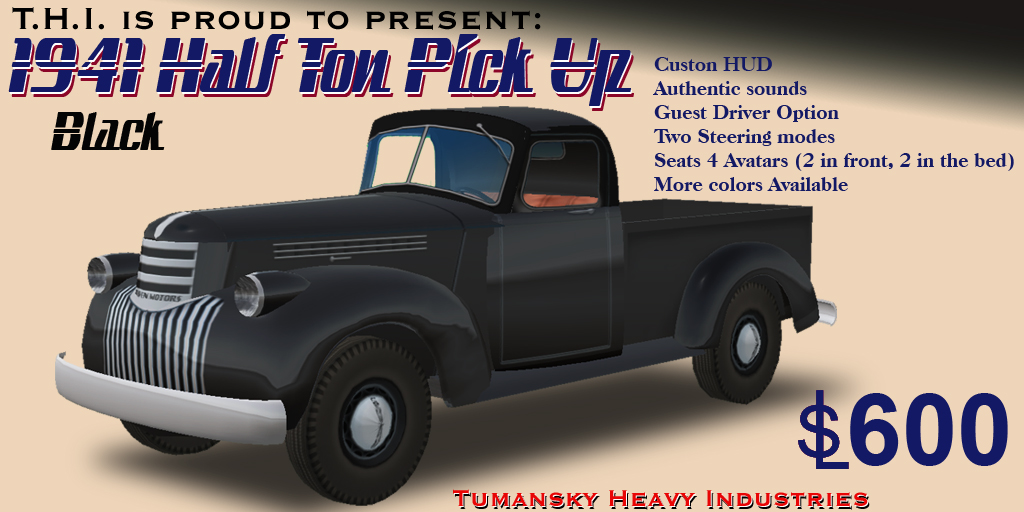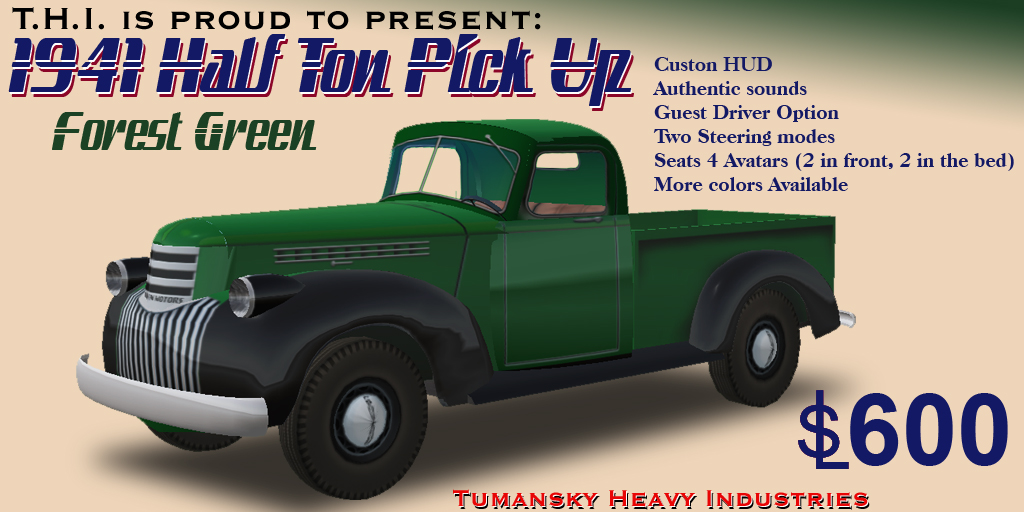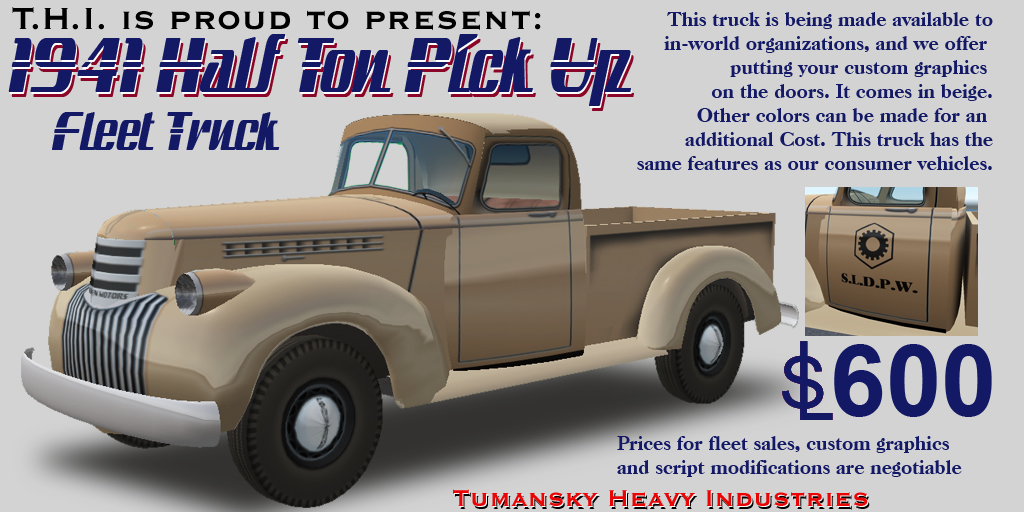Well in truth you can't, because professional 3D tools allow you to edit UV maps, and assign texture coordinates to individual frames.. However that issue aside, you can come to a professional level if you approach your link sets as a single object, and the maps in a consistent layers based method. First build the object as you see fit.
 This is an example of a 3 view plan. This one was found on the web, not only is it useful for building, but it's also useful for placing details on the textures after you build the object in prims.
This is an example of a 3 view plan. This one was found on the web, not only is it useful for building, but it's also useful for placing details on the textures after you build the object in prims.I would suggest highly that you build to a plan, Even if it's a fictional draw the front side and top views of the item to keep control of the project. There are plenty of sites that have quality blueprints of cars, tanks, aircraft, and buildings that you could use for your project. But sometimes it's fun to roll your own. Just make sure the design is solid and consistent between the front side and top views, or you will go crazy. once the prims are arraigned.
 Collecting reference is necessary for a successful historical replica. (This is "Blue Peter" , from the battle of Britain Memorial Flight and the "model for this project.) For a fictional or fantasy project, making or collecting a lot of concept art serves the same function.
Collecting reference is necessary for a successful historical replica. (This is "Blue Peter" , from the battle of Britain Memorial Flight and the "model for this project.) For a fictional or fantasy project, making or collecting a lot of concept art serves the same function. If you are building a historical object its very important to find as much reference as you can and duplicate the look from the reference without copying it exactly. Exact copying is considered plagiarism, and is frowned on, as well as being a reason for having the item deleted and your SL account locked. The quality Aircraft makers on SL make their own textures.
 Here is the Spit, in it's raw pine wood state in SL
Here is the Spit, in it's raw pine wood state in SLLink then all together by picking them all, and typing "CTRL-L" to link them. The last prim you pick will become the "parent prim" of your item, and that is important for scripting purposes. I won't go into detail on construction, or scripting limitations (32 prims minus each avatar driver or passenger for a Havok 4 vehicle), but I would suggest you look for advice from builders at the sand boxes or other tutorials. This article is covering texturing specifically because so many possibly good projects are ruined by lazy or unskilled texturing.

A Grid Texture is the basis of your future textures on your project, it is literally a map. If your prim is a sphere, the texture becomes a “Mercator’s Projection” of the sphere, showing where the numbers appear on the sphere,. A detail placed on the number 16 square on the grid, will appear anywhere that number 16 square falls on a prim that the grid is applied to.
 This is an example grid. It shows a square form and a regular number series and color changes to keep locations within the grid distinct. This grid is available for free from many sources on SL, though it is in My opinion, not the most optimal grid.
This is an example grid. It shows a square form and a regular number series and color changes to keep locations within the grid distinct. This grid is available for free from many sources on SL, though it is in My opinion, not the most optimal grid.The example grid is a free one, that is 16 x 16 squares, but a better suggestion is to make a 10 x 10 square. Make your Grid Texture. 1000 pixel by 1000 pixel. I know that for the sake of Graphic cards you want to keep the texture a power of two, such as on the example grid, but for the purpose of an accurate grid you can work at this size for now. Make the grid any style you want, but it must have three elements: It must have a grid. of 10X10. it must have subtle color differences so that you can tell where the texture begins and ends. It should have a shape or color pattern on it, so that you can tell if things are distorted, either squares or cubes to see if things are wide or tall .The reason a 10 x 10 grid is used, is because unlike most graphics tools, the tools to move and adjust the textures on the Sl prims are base 10, and move in decimal increments, if you have a base 10 grid, you can see the adjustments made on the texture very precisely. There is a point where the grid can be too dense to be useful but put lines in multiples of ten as you se fit. Make the grid yourself to it how you work.

Once you have made your grid, apply it to your project (linkset) so that all the surfaces are covered. in some cases a few prims or the faces of a few prims will remain plywood. Drag the grid texture onto at least all the exposed faces that didn't take the texture the first time.

When you apply it, the textures will be scaled to the size of the prim. To reduce the amount of painting work you will have to do, you should make it so that one texture can be used on more than one prim. Use the texture tool in the edit panel in Sl to increase or reduce the number of texture repeats, the orientation and the position of the texture, so that the grid shows a minimum of distortion (and distortion is inevitable for prims with curves surfaces), and that the entire texture spans several prims in a logical manner. In the example Spitfire, the texture from the nose to halfway through the fuselage roundel is a single texture. that covers 7 prims. A ;lot easier than painting a texture per prim. Also the fewer textures you have on the object, the faster it will recover from being solid grey upon rezzing it from your inventory. Continue to regularize the grid so that all the major sub sections of your project are covered.

Now that you have the object gridded, and the grid regularized and as much distortion removed as possible, the next step is to go to your control drawings, (blueprint) and begin to lay out the surface details in the plans, upon the project, using prims. Push the prims through the project shapes and it helps to give those prims a single solid color. Placing these prims on the project are what we term scaffolding, once the scaffolding is in place, it's time for tracing.

Open the grid texture again in your image manipulation program of choice. That program should have a layer function, so this leaves MS paint and others right out. I use Photoshop, but this should work for Paint Shop Pro , or Fractal Painter. Save the file with a new name, and make a layer No where ever a prim edge crosses your numbered grid lines, place a line on the new layer in the corresponding position. This can be quite tedious, as SL does not have proper UV tools, but this is how you can have straight lines on a curved surface.

I tend to break the job up, by doing all the seams, flaps and panel lines, first, then the national insignia, signage, and markings as a separate layers, and finally the camouflage, and weathering. For me I put these all in the same file in a large stack, so that I can make different color schemes and countries for the same plane. It makes the file size huge, but it saves time after the first paint job to make variations.
 this is what the single texture applied to the prims conprising the left (port) wing of the Spitfire.
this is what the single texture applied to the prims conprising the left (port) wing of the Spitfire..

When you are done, the effect should closely resemble your reference, as your time talent and tools will allow. Photoshop technique and tricks in detail in the next tutorial to save your time, and give the maps that extra little punch that separates it from the usual SL creations.
--Karl
Labels: Tutorials Textures Airplanes overview Photoshop












